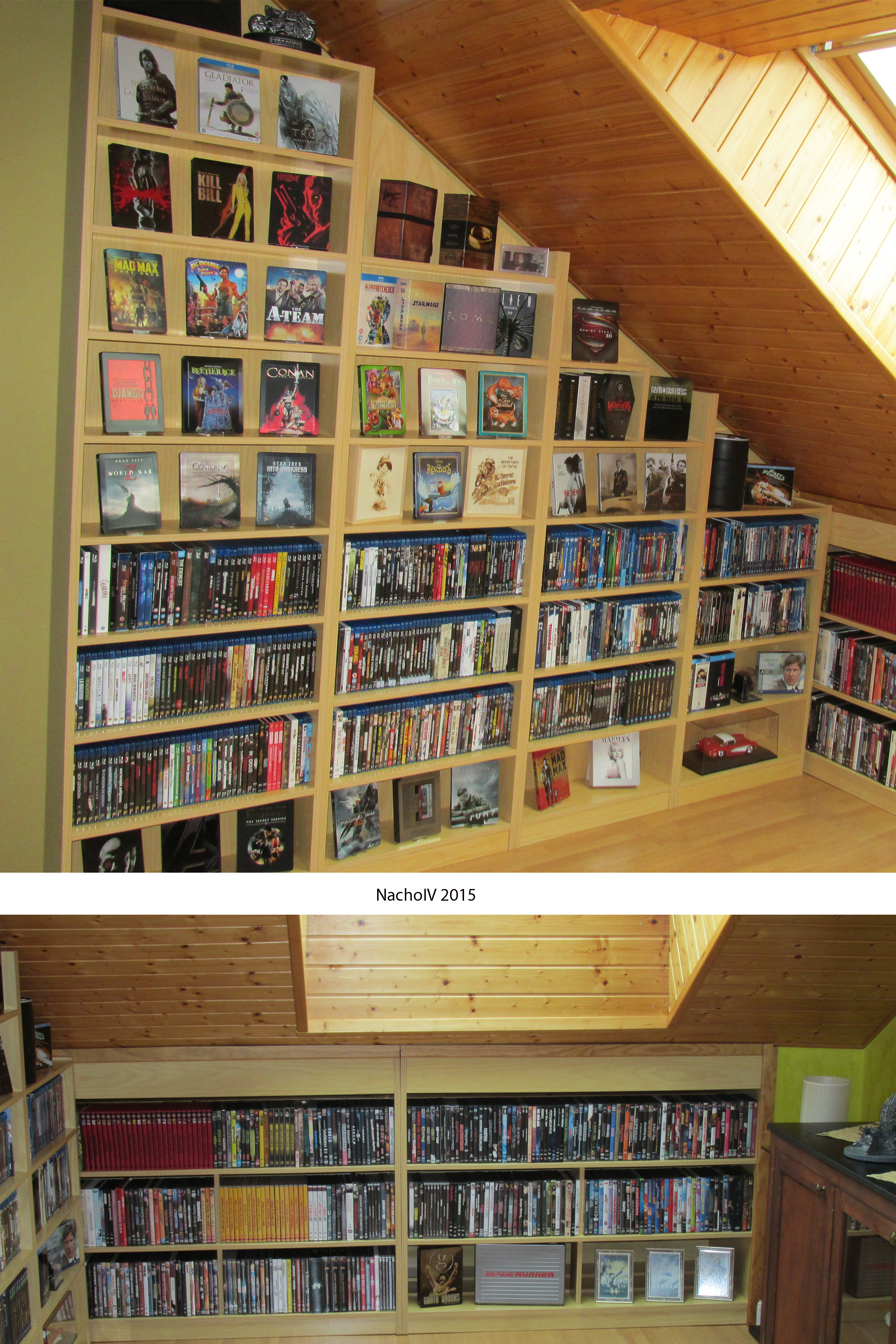Panasonic Develops 50-inch Full HD 3D PDP and High-Precision
Active Shutter Glasses
Panasonic brings truly immersing movie theater experience into living rooms
Prototypes will be exhibited at CEATEC JAPAN 2009 from October 6
Osaka, Japan - Panasonic Corporation, a leader in high definition TV technology, has developed a 50-inch Full HD 3D compatible plasma display panel (PDP) and high-precision active shutter glasses that enable the viewing of theater-quality, true-to-life 3D images in the living rooms. Aiming to bring Full HD 3D TVs to the market in 2010, the company steps up its efforts in developing the related technology. Prototype Full HD 3D TV and glasses will be displayed at CEATEC JAPAN 2009 to be held from October 6 to 10 at Makuhari Messe in Chiba City, east of Tokyo.
The new PDP and glasses evolved from Panasonic's world-first Full HD 3D Plasma Home Theater System
1 that was developed in 2008 and comprised of a 103-inch PDP and a Blu-ray Disc player. The prototype PDP has a 50-inch screen, which is expected to become the most popular size for home theaters.
This 50-inch PDP uses Panasonic's newly-developed high-speed 3D drive technology that enables rapid illumination of pixels while maintaining brightness. The panel also incorporates a crosstalk reduction technology allowing for minimizing double-image (ghosting) that occurs when left- and right-eye images are alternately displayed. PDPs have excellent video response with full moving picture resolution
2. The new panel offers even improved performance, achieving clear, high-quality and high-resolution images in 3D. The high-precision active shutter glasses incorporate Panasonic's technology that precisely controls the active shutters with the left- and right-eye images shown on the PDP.
All these technologies work in tandem with each other to create Full HD 3D images that deliver an immersive, movie-theater-like experience in which the viewers can feel as if they were part of the scene. They represent Panasonic's concept of 3D products: "Bringing the movie theater experience into the living rooms."
Panasonic has been working to develop its original Full HD 3D technology
3 to create synergy between PDPs, which excel in moving picture resolution and color reproduction, and Blu-ray Disc players, which are able to faithfully reproduce high quality Hollywood 3D movies. Panasonic continues to work on developing 3D products to allow its customers to enjoy the immersive 3D world in their living rooms, targeting to launch the products in Japan, Europe, and the U.S. in 2010. (Subject to approval of the 3D Expanded Standard
4.)
To describe further about the technologies involved with the new panel, Panasonic newly developed the high-speed 3D drive and crosstalk reduction technologies to improve plasma's unique properties to deliver crisp and clear Full HD 3D images. As PDPs are self-illuminating device with full motion-picture resolution, they offer fast response time and are suitable to display fast-moving images. The high-speed 3D drive technology involves the development of new panel materials and LSIs that accelerate the pixel illumination while maintaining brightness. Panasonic also developed the crosstalk reduction technology using newly-developed phosphors with short luminescence decay time and illumination control technology to reduce double-images that occur when left- and right-eye image are alternated on the panel. This technology contributes to achieving high-quality clear pictures with high-contrast and accurate color reproduction. As the new technologies can also be applied to improve the quality of 2D images, they have expanded PDP's potentials for further evolution.
To reproduce 3D images, Panasonic uses the Full HD x 2 frame
5 sequential method that displays time sequential images, alternately reproducing discrete 1920 x 1080 pixel images for the left and right eyes on the display frame by frame. The frame sequential method is widely used in showing Hollywood 3D movies in theaters. The new panel elevates home entertainment to a whole new level with theater-quality 3D images.
The high-precision active shutter glasses employ Panasonic's technology that precisely controls the timing of opening and closing the shutter in synchronization with the left- and right-eye images alternately shown on the PDP. This technology enables significant reduction of crosstalk that degrades the image resolution in 3D display. The glasses are designed to fit for a wide range of users from children to the elderly.
Notes:
1) World's first system to create high quality, true-to-life 3D images by distributing full HD images to the left eye and right eye.
2) Moving picture resolution indicates the motion display performance by number of lines which human eyes can recognize. (Measured by Advanced PDP Development Center Corporation Method). Full moving picture resolution has 1080 lines.
3) Full HD x 2 frame sequential method displays time sequential images, alternately reproducing discrete 1920 x 1080 pixel images for the left and right eyes on the screen frame by frame. In combination with the full HD PDP, the method reproduces high-quality, true-to-life full HD 3D images.
4) The 3D Expanded Standard is currently under review by the Blu-ray Disc Association (BDA).
5) A unit of pictures in a video signal. In digital high-definition broadcasts in Japan, 30 frames are transmitted per second.
About Panasonic
Panasonic Corporation is a worldwide leader in the development and manufacture of electronic products for a wide range of consumer, business, and industrial needs. Based in Osaka, Japan, the company recorded consolidated net sales of 7.77 trillion yen (US$78.4 billion) for the year ended March 31, 2009. The company's shares are listed on the Tokyo, Osaka, Nagoya and New York (NYSE: PC) stock exchanges. For more information on the company and the Panasonic brand, visit the company's website at
http://panasonic.net.
 ¡Bienvenido a mundodvd! Regístrate ahora y accede a todos los contenidos de la web. El registro es totalmente gratuito y obtendrás muchas ventajas.
¡Bienvenido a mundodvd! Regístrate ahora y accede a todos los contenidos de la web. El registro es totalmente gratuito y obtendrás muchas ventajas.


 LinkBack URL
LinkBack URL About LinkBacks
About LinkBacks


 Citar
Citar










